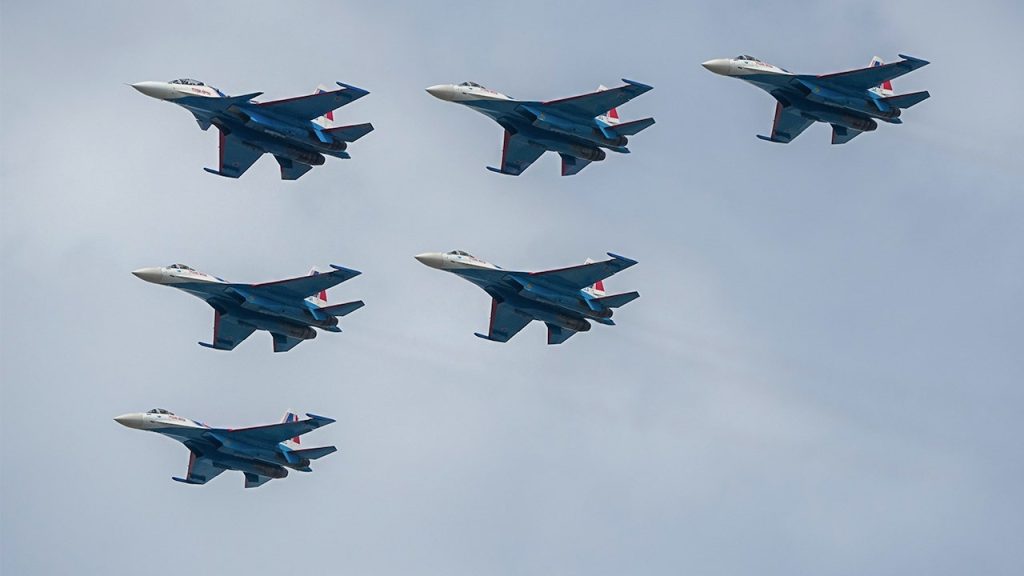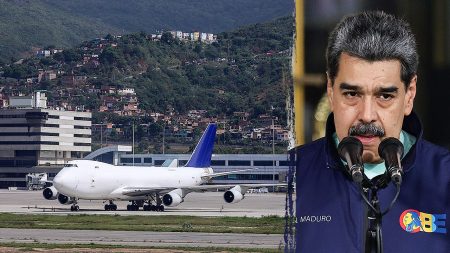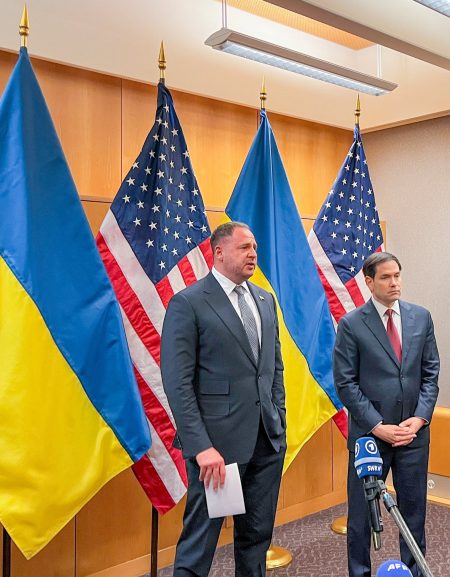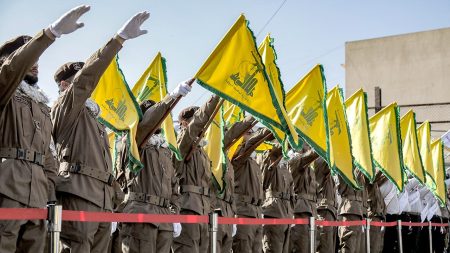Russian Military Activity in Alaska’s Air Defense Zone: Routine Operations Amid Growing Regional Tensions
In a recent announcement, the North American Aerospace Defense Command (NORAD) reported detecting Russian military aircraft operating within the Alaskan Air Defense Identification Zone (ADIZ). The formation consisted of two Tu-95 strategic bombers and two Su-35 advanced fighter jets. NORAD emphasized that these aircraft remained in international airspace and did not violate American or Canadian sovereign territory. To monitor the situation, NORAD deployed an E-3 surveillance aircraft, four F-16 fighter jets, and four KC-135 aerial refueling tankers to identify and intercept the Russian aircraft. This response represents standard protocol for monitoring foreign military aircraft approaching North American airspace, even when they operate within the legal boundaries of international airspace.
While such Russian activities in the Alaskan ADIZ occur with some regularity and aren’t typically viewed as threatening, they come amid heightened tensions between Russia and NATO countries elsewhere. NORAD officials clarified that the ADIZ begins where U.S. and Canadian sovereign airspace ends, serving as a buffer zone where foreign aircraft are requested to identify themselves for national security purposes. This incident follows a similar occurrence last month when NORAD detected an IL-20 COOT reconnaissance aircraft in the same zone, which prompted a comparable response involving an E-3, two F-16s, and two KC-135s to visually identify the Russian aircraft. These routine intercepts reflect the ongoing aerial monitoring operations that take place in the Arctic region.
The timing of this announcement gains significance in the context of recent Russian airspace violations involving NATO member states. Unlike the Alaskan incidents where Russian aircraft remained in international airspace, NATO sources reported that three Russian MiG-31 jets crossed into Estonian airspace on September 19, staying there for over 12 minutes before being intercepted by Italian F-35 fighters. Estonian Foreign Minister Margus Tsahkna described the incursion as “unprecedentedly brazen,” noting that while Russia had violated Estonian airspace four times this year, this particular incident involving multiple fighter aircraft represented a concerning escalation. The Estonian government has called for increased political and economic pressure on Russia in response to what they perceive as increasingly aggressive boundary-testing.
These incidents have triggered formal diplomatic responses within NATO. Following the Estonian airspace violation, member states convened at Estonia’s request under Article 4 of the NATO treaty, which provides for consultations when a member feels their territorial integrity or security is threatened. NATO Secretary General Mark Rutte issued a statement characterizing Russia’s actions as “escalatory” and warned against the continuation of what he called a “dangerous pattern.” While maintaining a firm stance, Rutte reaffirmed NATO’s readiness to “defend every inch of ally territory,” balancing deterrence with diplomatic caution to avoid further escalation.
The contrast between Russian aircraft operations near Alaska and those in European airspace highlights the complex nature of international aerial boundaries and security protocols. Near Alaska, Russian military flights in the ADIZ are monitored but considered routine, whereas similar activities near European NATO members have triggered more serious diplomatic responses. This distinction reflects both geographic realities and the current geopolitical climate. The Alaskan ADIZ serves as a buffer zone far from densely populated areas, while airspace violations in Europe occur in regions already experiencing tensions related to Russia’s ongoing military activities elsewhere.
These aerial encounters underscore the delicate balance of power in regions where Russian and Western interests intersect. While NORAD continues to emphasize that Russian flights near Alaska represent routine military operations that don’t constitute direct threats, the broader pattern of Russian aerial activity along NATO boundaries contributes to an atmosphere of heightened vigilance. Military analysts note that such activities serve multiple purposes for Russia, including testing response times, gathering intelligence, and demonstrating military capability. As NATO and Russia continue their complex dance of deterrence and demonstration, these aerial encounters serve as visible manifestations of underlying geopolitical tensions, requiring careful management to prevent unintended escalation while maintaining territorial security.















